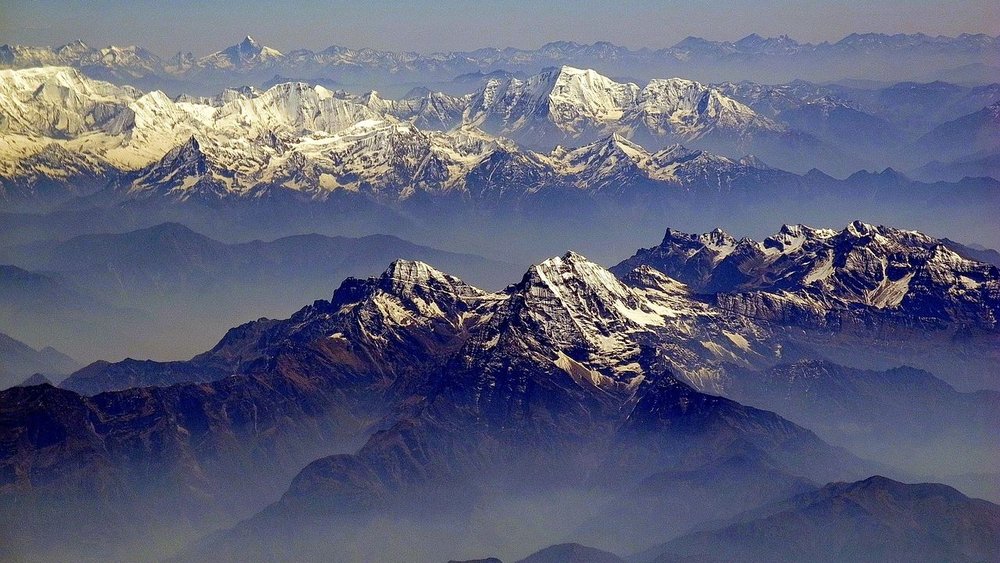Climatic Change is Affecting Water Flow in Himalayan Region
Climate change has left all of us worried – the rapidly increasing temperatures, fluctuating rain patterns and the rising sea level have endangered numerous species on the planet. A recent study finds that climate change is affecting water flow in the Hindu Kush Himalayan (HKH) region.

Image: Research Matters
The study led by the New Delhi-based think tank Observer Research Foundation (ORF) that was released on September 15 found that climate change is changing the water flow into river basins, which in turn revitalize groundwater and spring sources. Around 75 percent of the glaciers in the Himalayas are disappearing at an upsetting current owing to the changing climatic patterns.
The study tries to understand the impacts of glacial retreat on the region’s water regime, especially the river basins and the groundwater the Himalayan region supports. It investigates the relationship between glaciers decline, and the changing surface water with groundwater in the HKH region.
Said Anjal Prakash, research director and adjunct associate professor at the Bharti Institute of Public Policy of the Indian School of Business (ISB), Hyderabad.
The HKH region spreads to about 3,500 kilometers across eight countries – Afghanistan, Bhutan, Bangladesh, China, India, Myanmar, Nepal and Pakistan. Ten of Asia’s largest rivers stem from the region and an estimated 1.3 billion people depend completely on the region’s ecosystems for drinking water, irrigation and power.
Scientists are still trying to comprehend the extent of the impact climate change and global warming have on groundwater and spring systems in the region. While local communities will be veering the harsh consequences of these changes, they are not much responsible for the carbon emissions leading to the rising global temperatures.
The HKH glaciers are melting at a record rate, and this increased pace of melting could first increase the volume of water in rivers, causing extensive flooding in the region. But with glaciers losing their mass, the amount of meltwater flowing into rivers could decline significantly and disturb the groundwater levels and spring sources.
The study also says that collective with the variations in summer monsoon rainfall, the receding Himalayan glaciers would lead to water stress for the communities living here. It further adds that in the years to come, a regional approach and trans-boundary cooperation is essential to preserve the surface and groundwater resources in the region.


